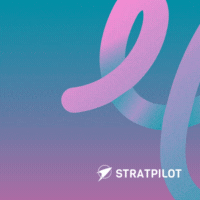The logistics industry is undergoing a massive transformation, driven by innovations in artificial intelligence (AI). As businesses strive to meet increasing consumer demands, enhance efficiency, and reduce costs, AI in logistics is emerging as a critical solution. With its ability to process vast amounts of data and make real-time decisions, AI is revolutionising supply chains, optimising delivery routes, and improving overall operational effectiveness. In this blog, we explore AI in Logistics, its use cases and examples in 2025, and the significant challenges faced by companies that fail to adopt AI technologies.
By – Vamsi Bumireddy (CTO)
What is AI in Logistics?
AI in Logistics refers to the application of artificial intelligence technologies in the logistics and supply chain industry to streamline operations, improve decision-making, and enhance customer experiences. This includes using machine learning, natural language processing, robotics, and data analytics to automate processes such as inventory management, route planning, and demand forecasting.
AI can analyse historical data to predict future trends, optimise delivery schedules, and improve warehouse efficiency. The growing demand for faster and more efficient services has led logistics companies to adopt AI to stay competitive and meet customer expectations. As we look toward 2025, AI is poised to play an even more significant role in the evolution of logistics, providing smarter, faster, and more cost-effective solutions.
Use Cases of AI in Logistics in 2025
As we enter 2025, AI in Logistics is becoming more prevalent in various aspects of supply chain and delivery systems. Here are some of the key use cases that are set to dominate the logistics industry:
1. Predictive Analytics for Demand Forecasting
AI-powered predictive analytics helps logistics companies forecast demand patterns with incredible accuracy. By analyzing historical data, consumer behavior, market trends, and external factors, AI can predict when products will be in high demand, allowing businesses to optimize their inventory and avoid overstocking or stockouts. This reduces the risk of lost sales and ensures a smoother supply chain process.
2. Smart Warehouse Management
Warehouse operations are being enhanced through AI-driven automation and robotics. AI systems can track inventory levels in real-time, predict product demand, and manage stock placement to optimise warehouse space. Robotics powered by AI are used to move goods within warehouses, picking and packing items faster and more accurately than human workers.
3. Route Optimisation and Fleet Management
One of the most significant applications of AI in Logistics is optimising delivery routes. AI can process data from GPS systems, weather forecasts, traffic patterns, and road conditions to determine the most efficient routes for delivery vehicles. This reduces fuel consumption, improves delivery times, and enhances the overall efficiency of fleets. Additionally, AI can monitor fleet performance in real-time, helping logistics companies manage maintenance and reduce downtime.
4. Autonomous Vehicles and Drones
Autonomous vehicles and drones are revolutionising delivery systems in logistics. AI enables self-driving trucks and drones to navigate complex environments, transporting goods without human intervention. These vehicles can also interact with AI-powered systems to optimise routes and delivery schedules, providing faster and more cost-effective delivery options for businesses and consumers alike.
5. AI-Powered Customer Service
AI-powered chatbots and virtual assistants are transforming customer service in logistics. These tools can provide customers with real-time updates on their shipments, answer frequently asked questions, and resolve issues without human intervention. This leads to enhanced customer satisfaction and reduces the strain on customer service representatives, allowing them to focus on more complex tasks.
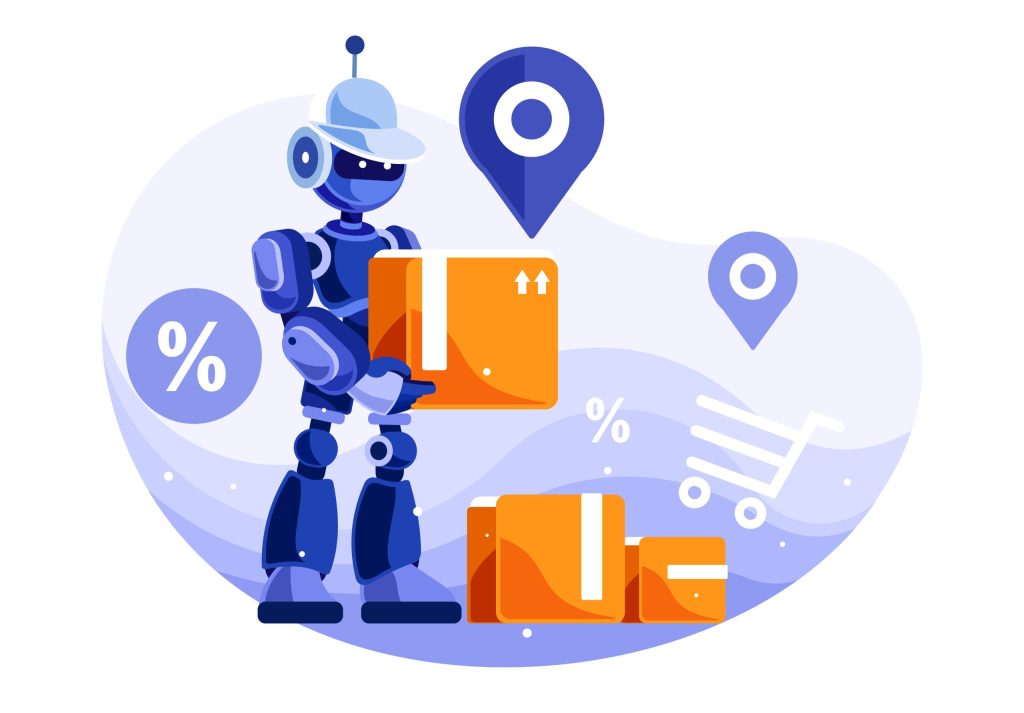 Examples of AI in Logistics in 2025
Examples of AI in Logistics in 2025
AI has already made a significant impact in logistics, and several companies are leading the charge in leveraging AI to optimise their operations. Here are some notable examples of AI in Logistics in 2025:
1. Amazon’s Robotics and Delivery Systems
Amazon has been a pioneer in AI-powered logistics with its extensive use of robotics in warehouses and AI-driven delivery systems. In 2025, Amazon continues to refine its warehouse automation, utilising robots powered by AI to optimise storage, picking, and packaging processes. Additionally, Amazon is expanding its use of drones and autonomous vehicles for last-mile delivery, offering faster and more efficient services to customers.
2. UPS’s ORION System
UPS’s ORION (On-Road Integrated Optimisation and Navigation) system is an AI-driven route optimisation tool that helps UPS drivers determine the most efficient delivery routes. In 2025, UPS expanded ORION’s capabilities, integrating it with real-time data from traffic, weather, and road conditions, resulting in further cost savings and improved delivery times.
3. DHL’s AI-Powered Supply Chain Management
DHL is leveraging AI to optimise its supply chain management processes. In 2025, DHL uses machine learning and predictive analytics to forecast demand, manage inventory, and optimise delivery schedules. The company has also implemented AI-powered robots and drones to enhance its warehouse and delivery operations, improving efficiency and reducing operational costs.
4. Waymo’s Autonomous Delivery Trucks
Waymo, a subsidiary of Alphabet (Google’s parent company), has been testing autonomous trucks for long-haul deliveries. In 2025, Waymo’s self-driving trucks will be used by logistics companies to transport goods across long distances without human drivers. AI in logistics enables these trucks to optimise routes, reduce fuel consumption, and improve delivery times.
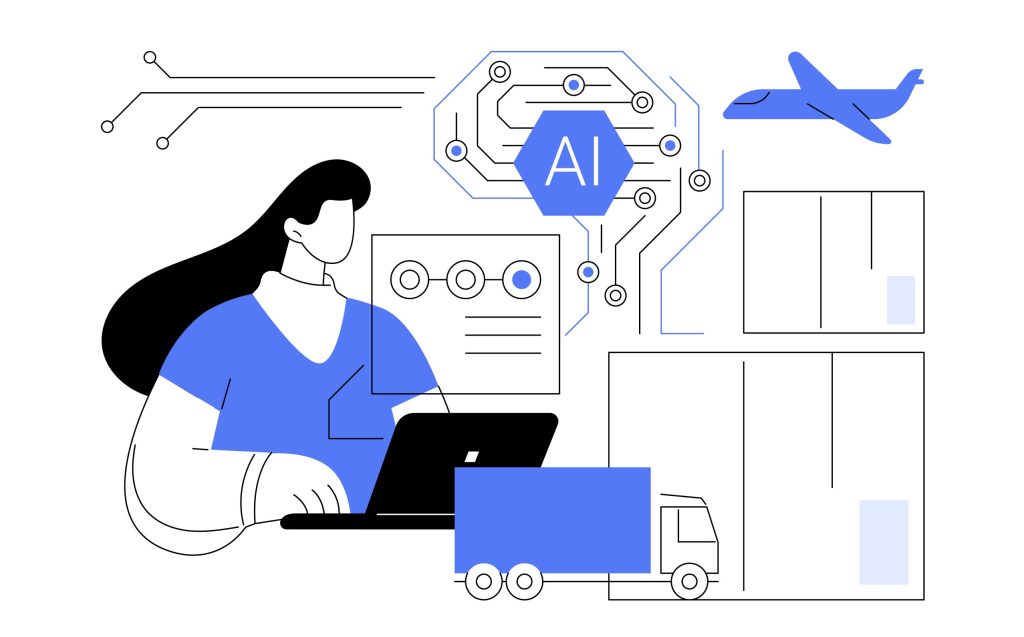 The Risks of Not Using AI in Logistics
The Risks of Not Using AI in Logistics
Failing to adopt AI in Logistics can result in several challenges for businesses. Here are some of the risks associated with not integrating AI into logistics operations:
1. Inefficient Operations and Increased Costs
Without AI, logistics companies may continue relying on outdated manual processes for inventory management, route planning, and demand forecasting. This leads to inefficiencies, higher operational costs, and missed opportunities for optimisation. AI can help reduce these inefficiencies by automating repetitive tasks, streamlining workflows, and minimising human error.
2. Poor Customer Experience
Consumers now expect faster, more accurate deliveries. Without AI, logistics companies may struggle to meet these demands, resulting in delayed deliveries, inaccurate tracking, and dissatisfied customers. AI-powered systems can help provide real-time updates and personalised customer service, leading to enhanced customer experiences.
3. Difficulty in Scaling Operations
As businesses grow, managing logistics operations becomes more complex. Without Artificial Intelligence, scaling logistics operations becomes challenging, as manual processes are unable to keep up with increasing demand. AI allows businesses to scale more effectively by automating tasks, improving forecasting accuracy, and optimising resources.
How Stratpilot Enhances AI in Logistics Operations
Stratpilot, an advanced AI-powered productivity assistant, helps logistics companies integrate AI-driven insights into their daily operations. By analysing data and offering intelligent recommendations, Stratpilot improves decision-making and boosts efficiency. Stratpilot can enhance demand forecasting, route planning, and warehouse management, providing logistics companies with the tools they need to optimise their operations.
By incorporating Stratpilot into their workflows, logistics companies can leverage AI to improve customer service, reduce operational costs, and stay ahead of the competition.
Don’t let your logistics operations fall behind. Sign up for Stratpilot today and start leveraging AI to transform your supply chain, optimise delivery routes, and improve customer satisfaction. Enhance your logistics with smart, data-driven solutions designed for the future.
Frequently Asked Questions (FAQS)
Q1: How does AI help with demand forecasting in logistics?
AI uses predictive analytics to analyse historical sales data, market trends, and external factors to forecast demand accurately. This helps logistics companies manage inventory levels, plan resources, and avoid overstocking or stockouts.
Q2: What role do autonomous vehicles play in logistics?
Autonomous vehicles, including self-driving trucks and drones, enable faster, more cost-effective delivery by eliminating the need for human drivers. These AI-powered vehicles optimise delivery routes and schedules, improving efficiency and reducing costs.
Q3: Can AI optimise warehouse operations?
Yes, AI can optimise warehouse operations by automating tasks such as inventory management, order picking, and packaging. AI-powered robots can improve the speed and accuracy of warehouse processes, reduce human error and increase operational efficiency.
Q4: What are the challenges of integrating AI into logistics?
Challenges include the high cost of implementation, the need for clean and structured data, and resistance to change within organisations. However, the long-term benefits of AI in logistics, such as cost savings and improved efficiency, outweigh these challenges.
Q5: How can AI improve customer service in logistics?
AI can enhance customer service by providing real-time updates, answering customer queries, and offering personalised recommendations. This leads to a better customer experience and reduces the workload of customer service representatives.


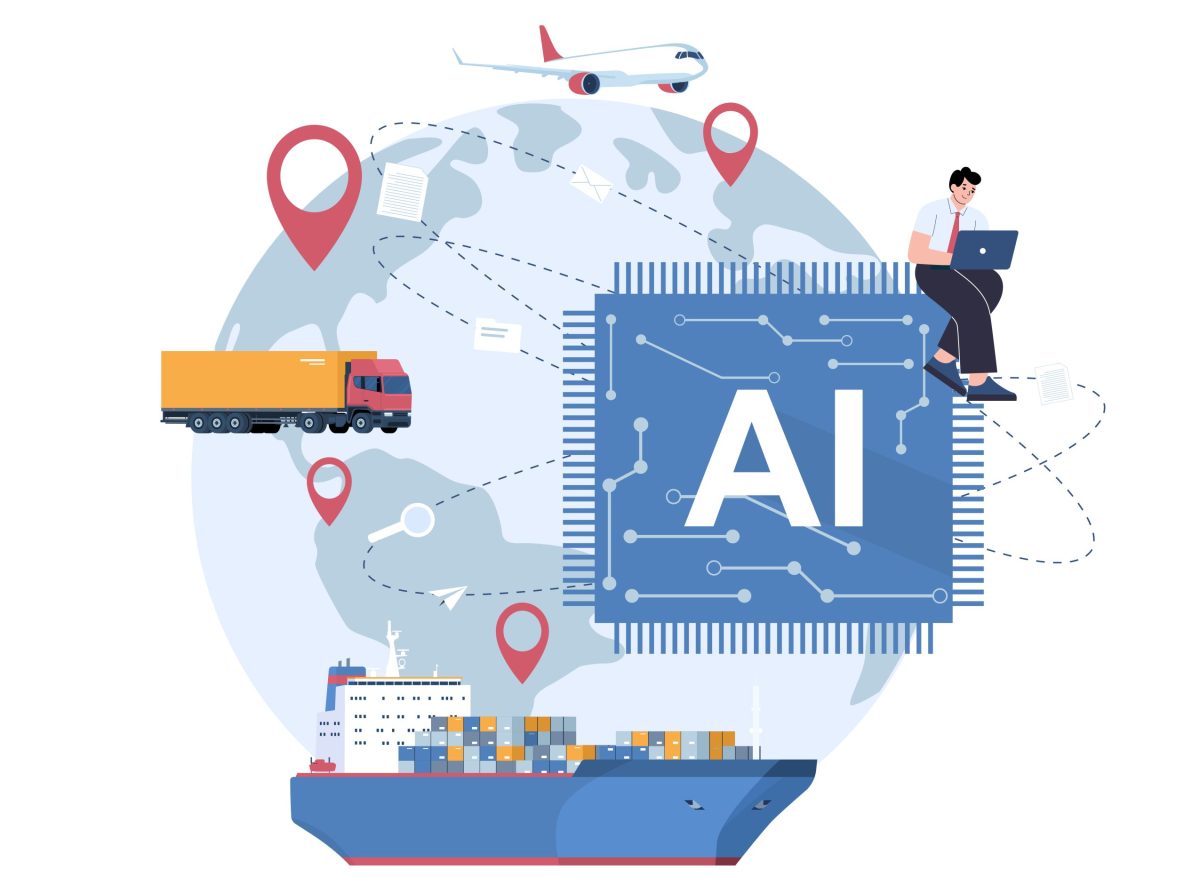
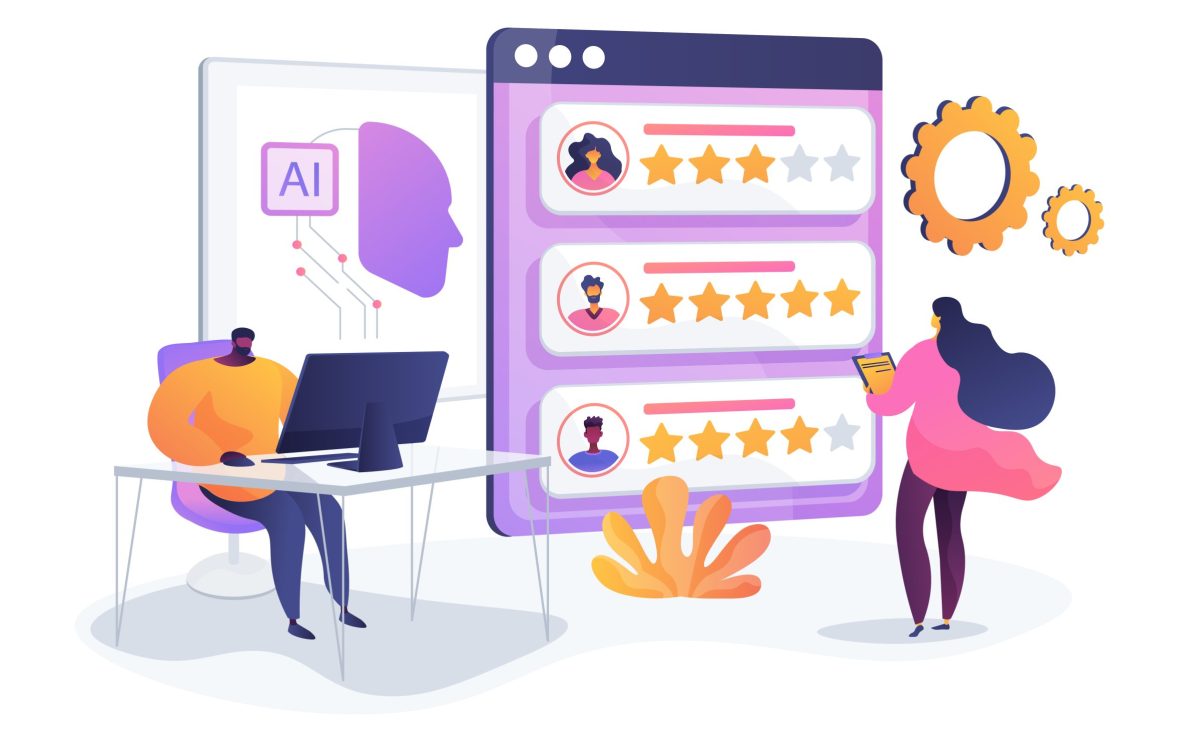
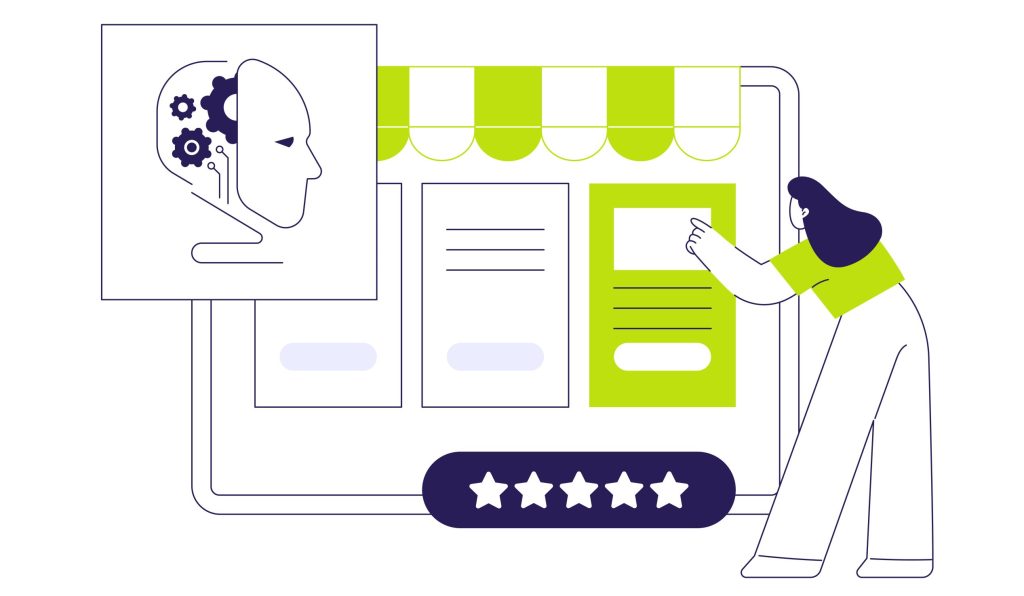 Benefits of AI for Product Feedback Management
Benefits of AI for Product Feedback Management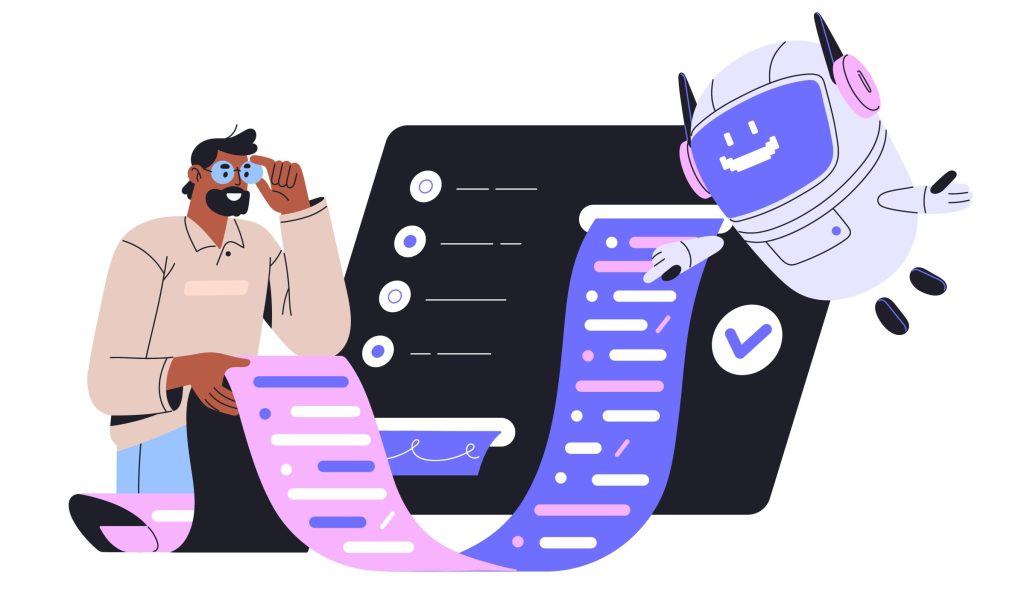 The Cost of Ignoring AI for Product Feedback Management
The Cost of Ignoring AI for Product Feedback Management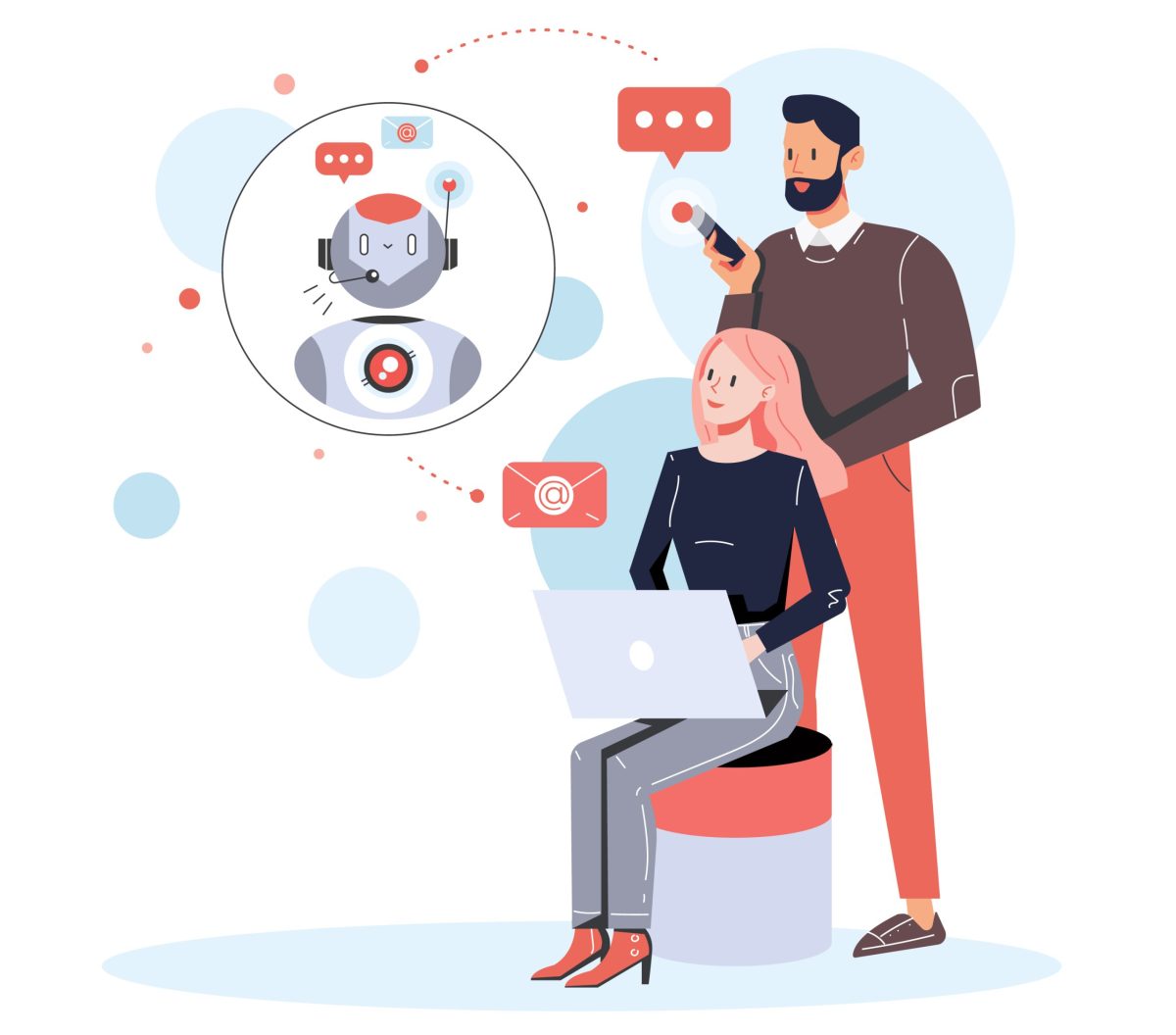
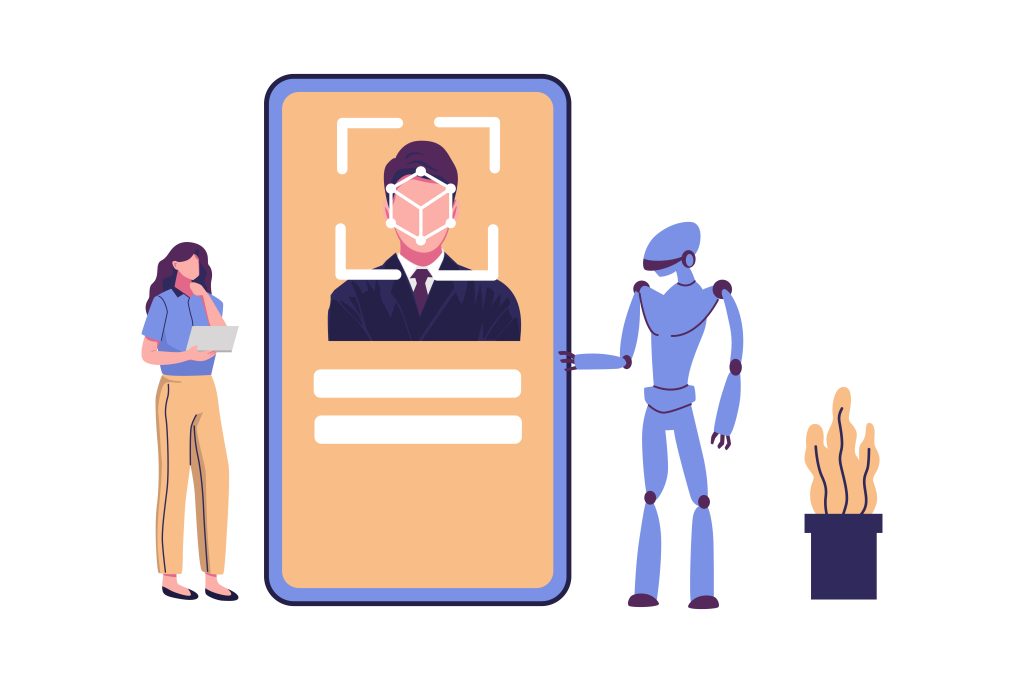 6. Addressing Anonymous Complaints
6. Addressing Anonymous Complaints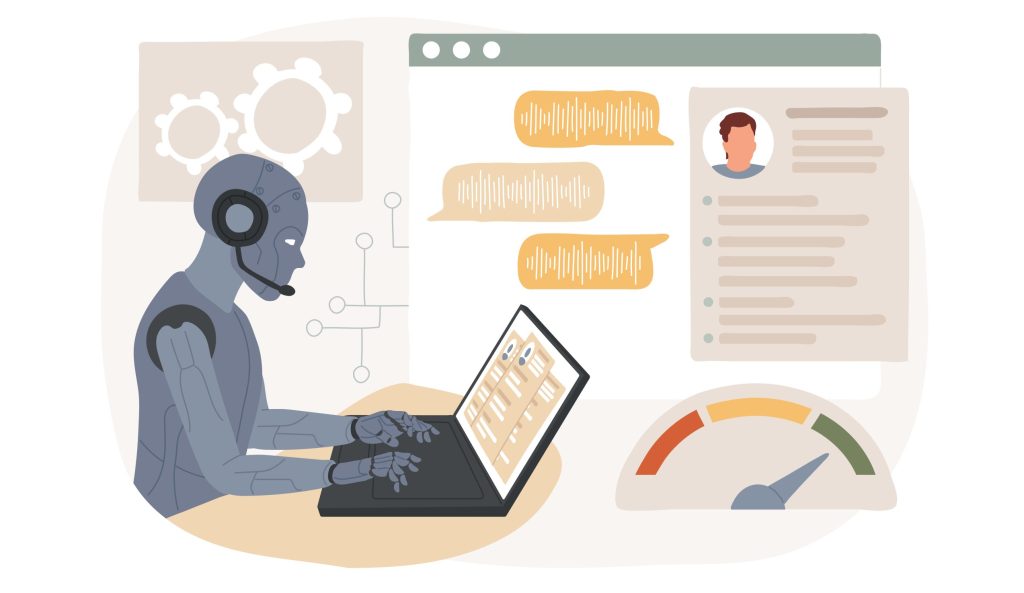 Example Output of AI-Generated Goal Setting
Example Output of AI-Generated Goal Setting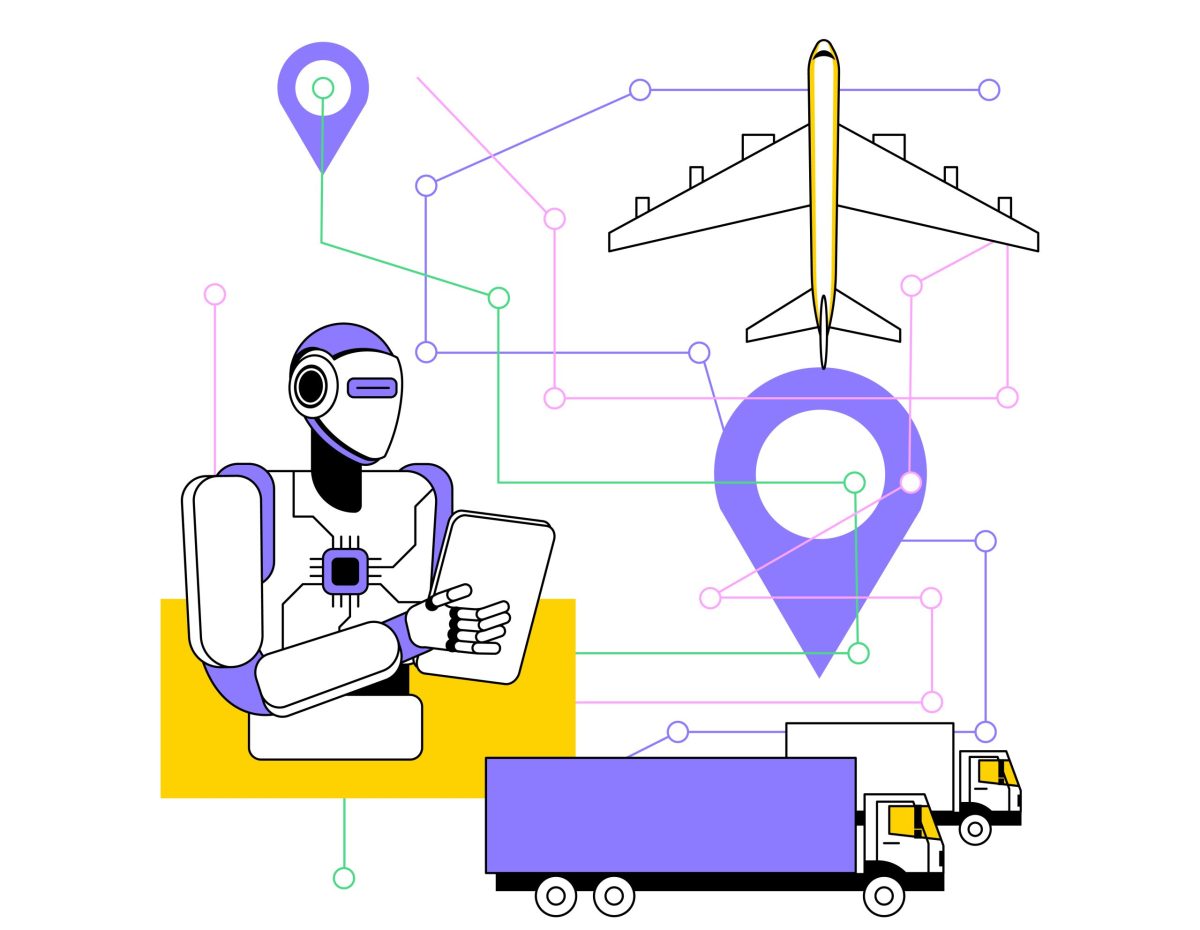
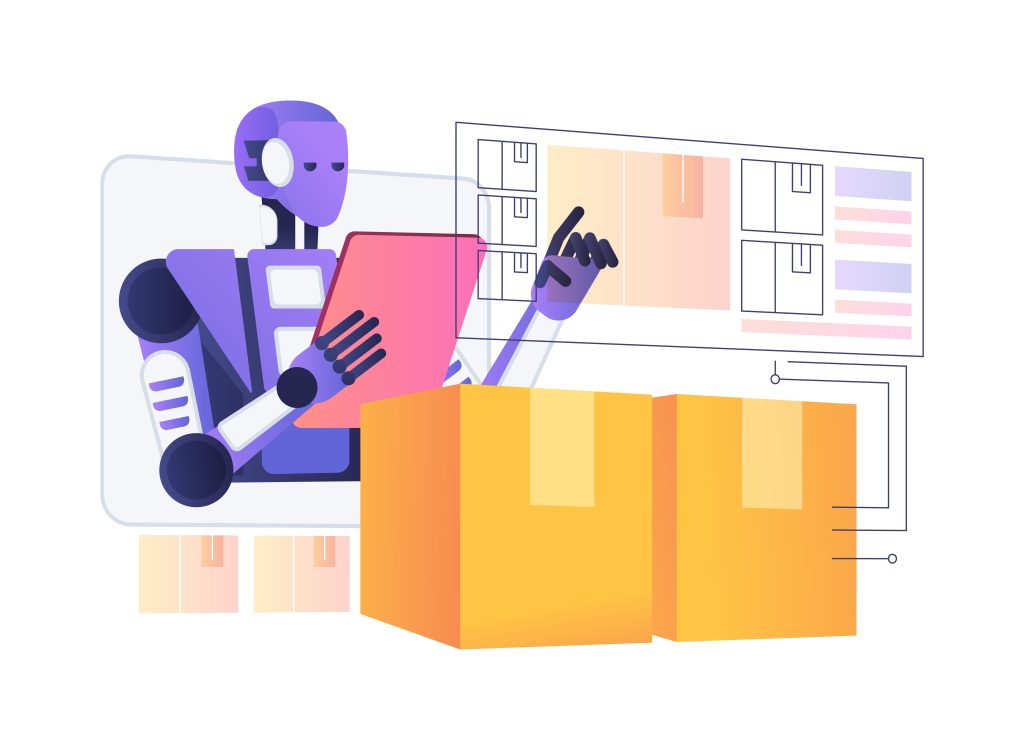 6. Prioritise Orders Based on Margin Contribution
6. Prioritise Orders Based on Margin Contribution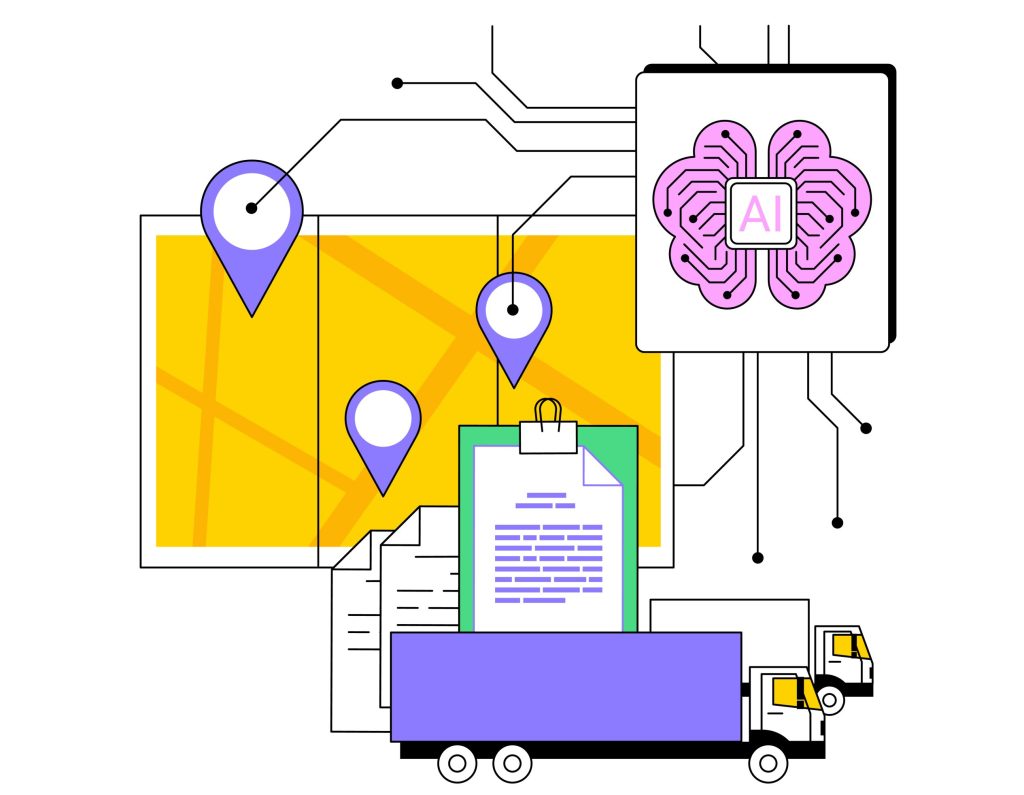 Example Output of AI-Generated Goal Setting
Example Output of AI-Generated Goal Setting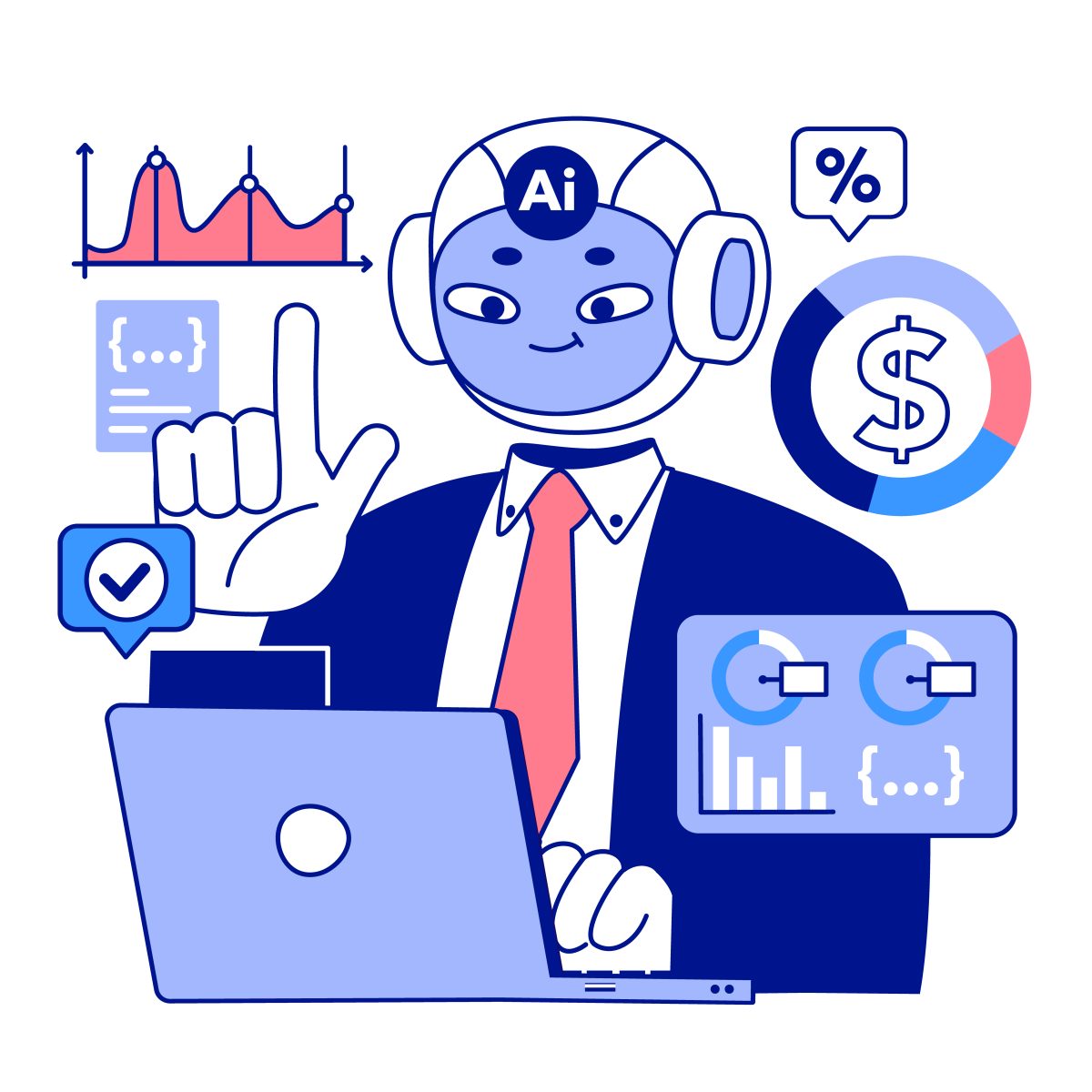
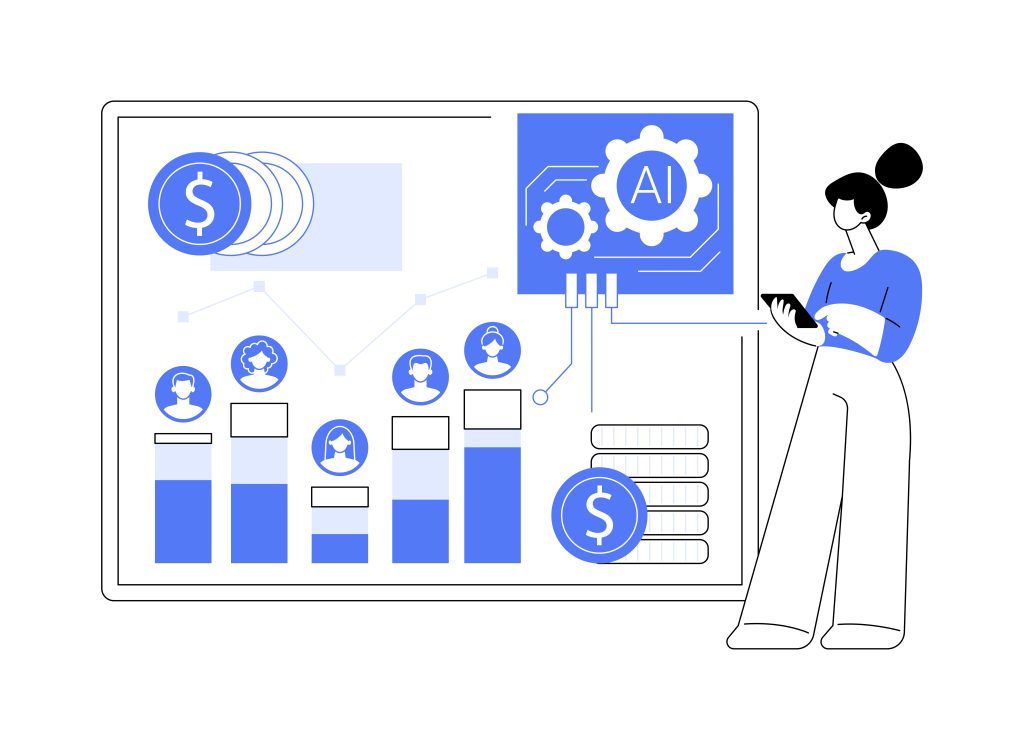 6. Create an Executive Dashboard Summary
6. Create an Executive Dashboard Summary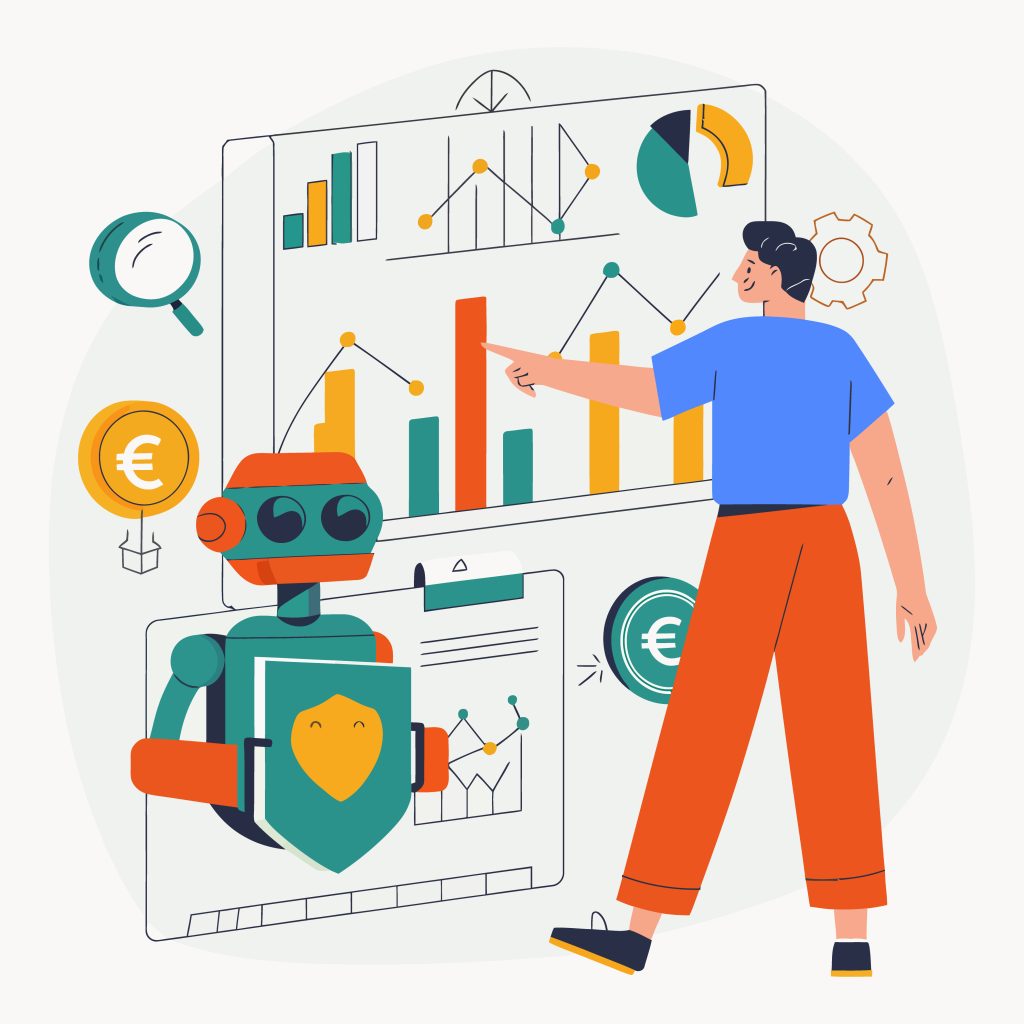 Example Output of
Example Output of 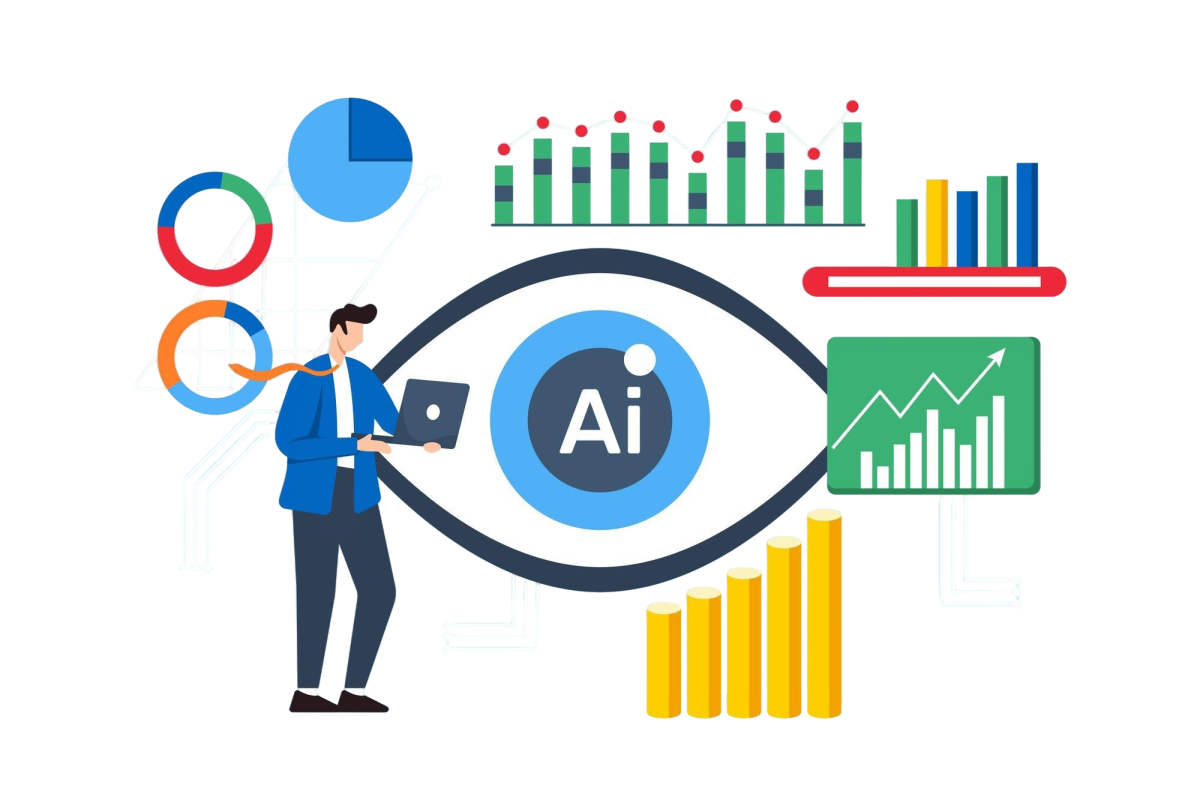
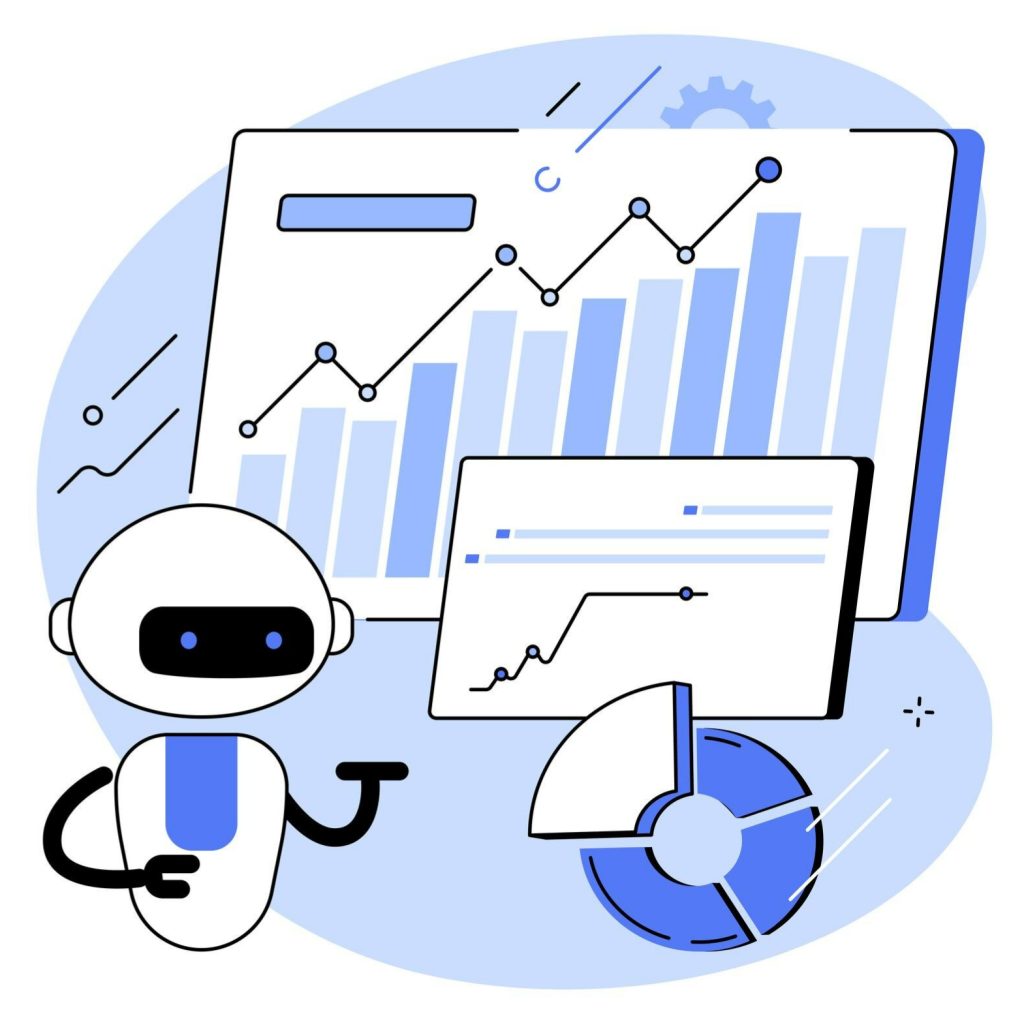 The Benefits of AI for Predictive Sales Analytics
The Benefits of AI for Predictive Sales Analytics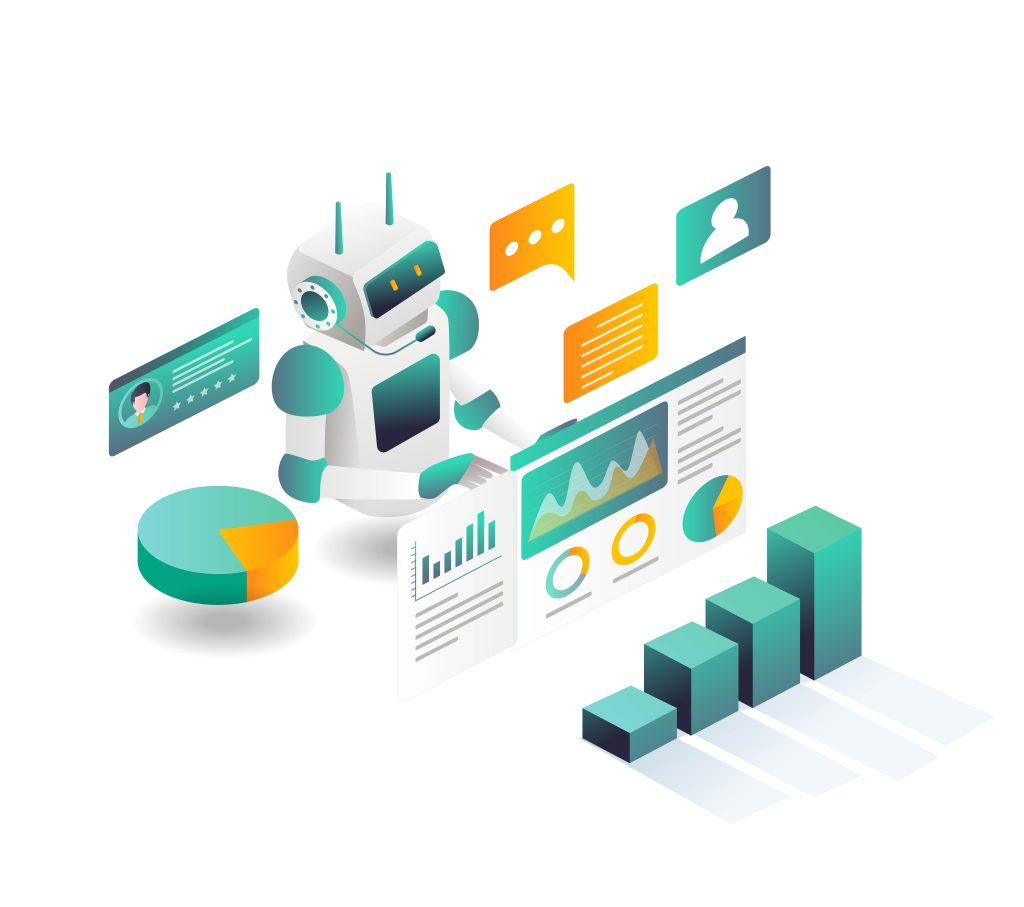 What Happens When Companies Ignore Predictive Sales Analytics?
What Happens When Companies Ignore Predictive Sales Analytics?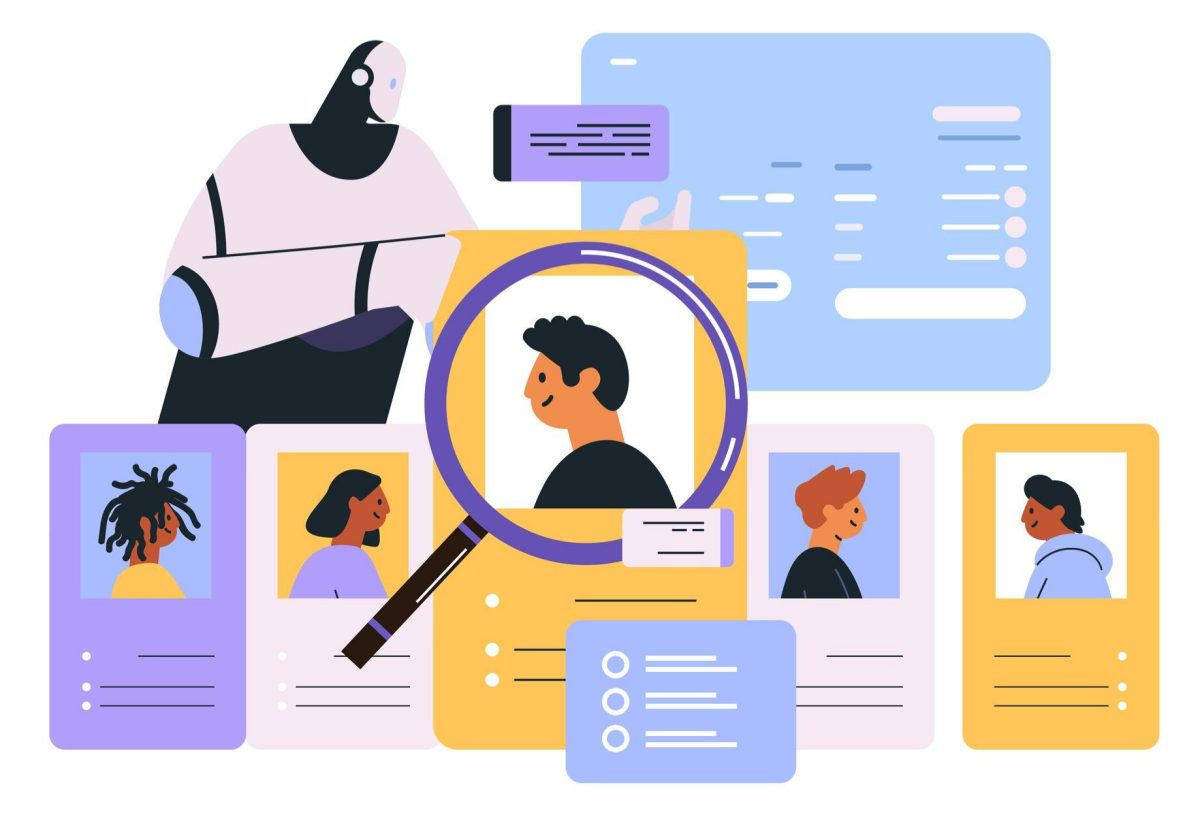
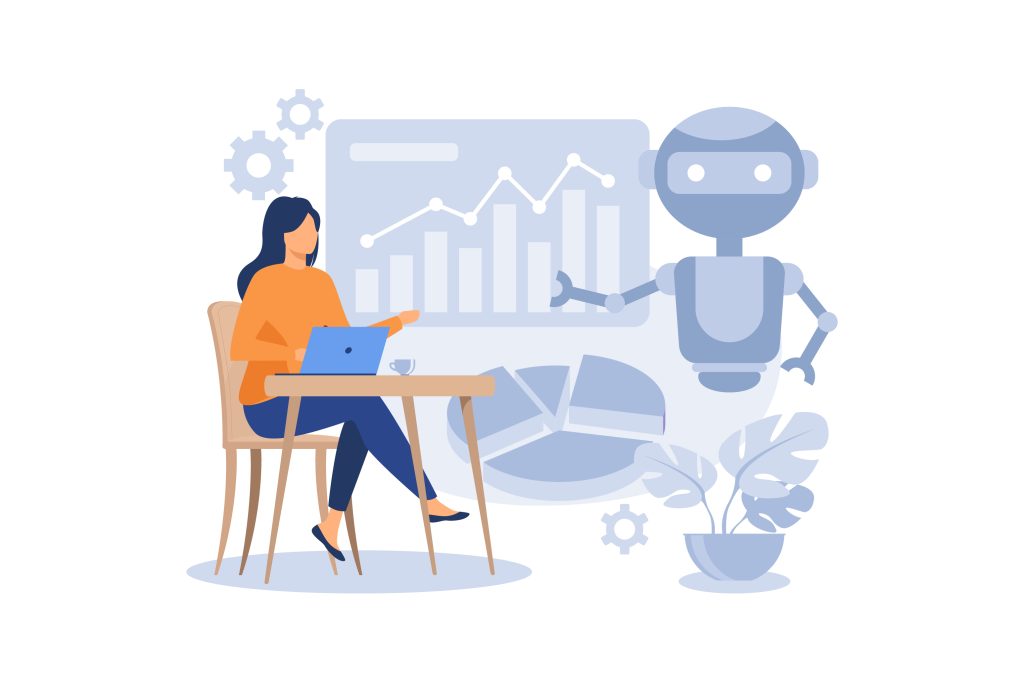 Using AI for Future Workforce Planning
Using AI for Future Workforce Planning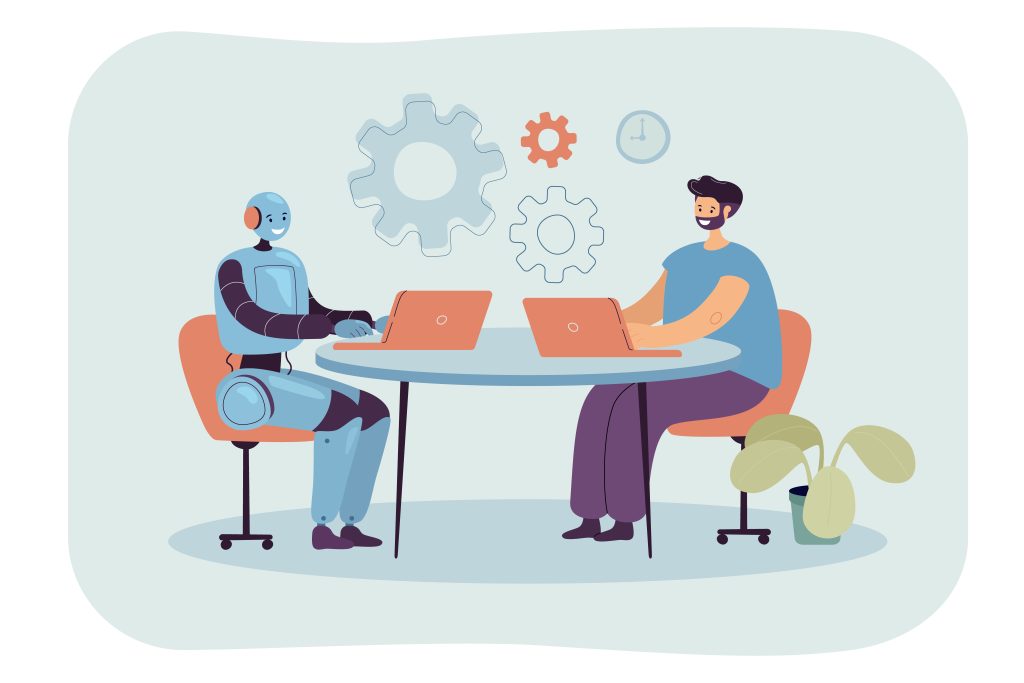 How
How 
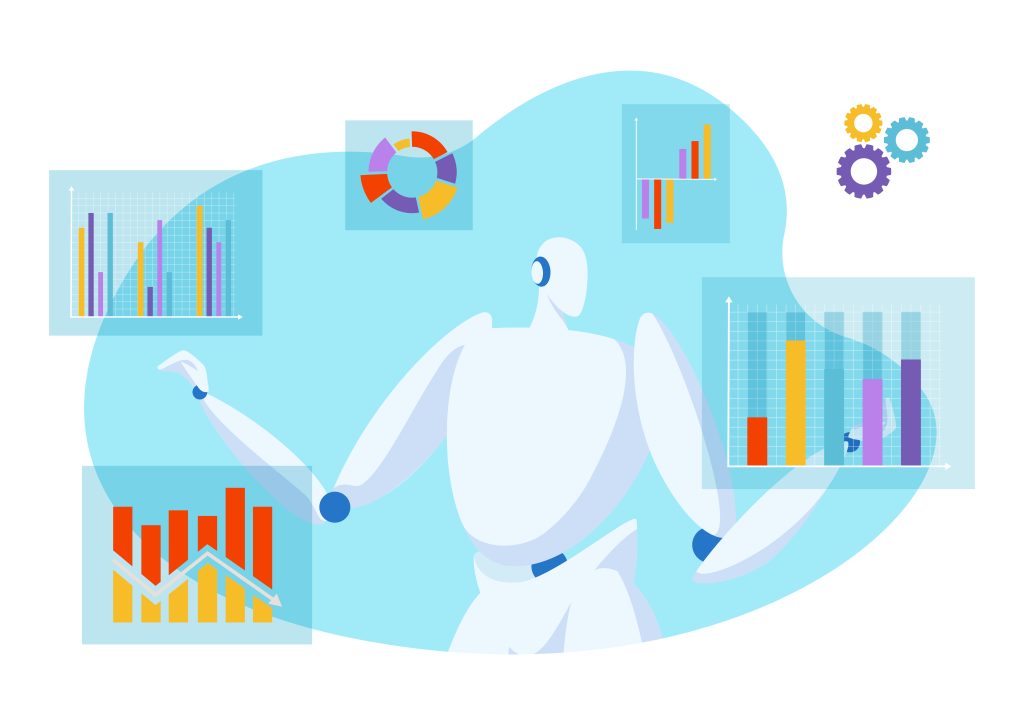 Examples of AI in Crisis Management
Examples of AI in Crisis Management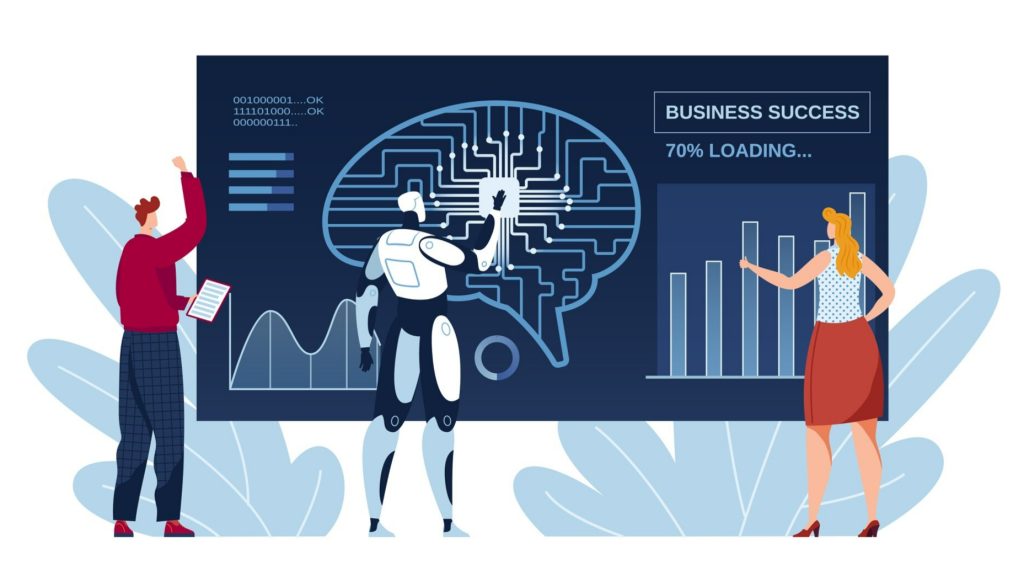 Challenges for Companies Without AI in Crisis Management
Challenges for Companies Without AI in Crisis Management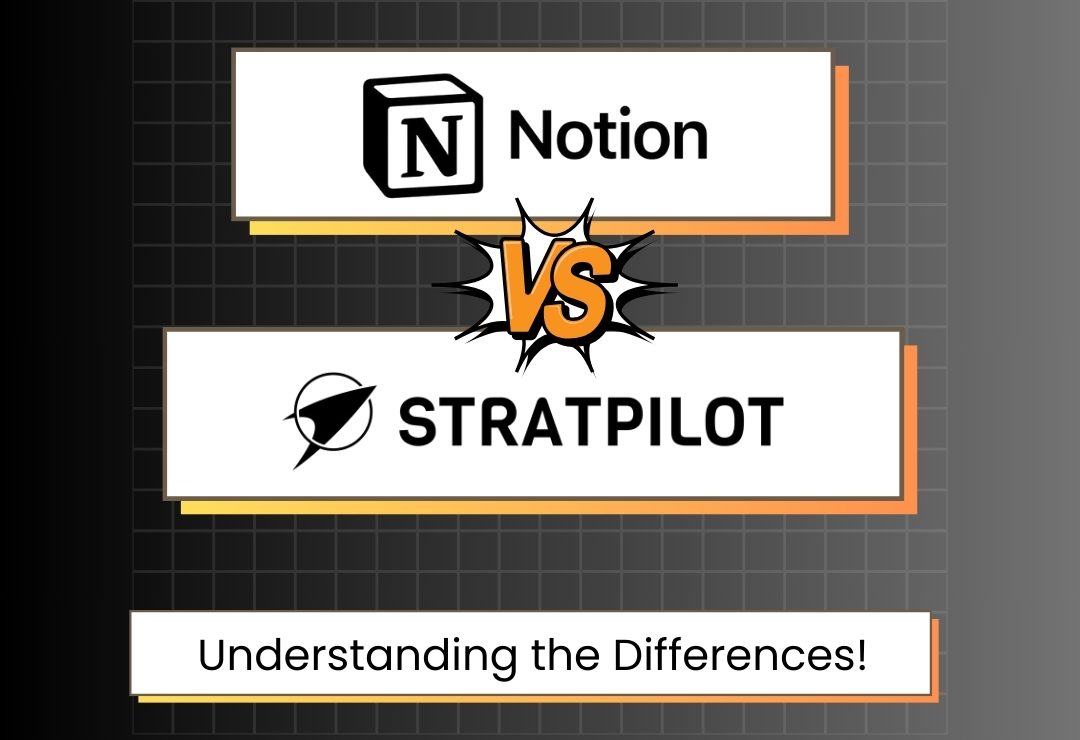
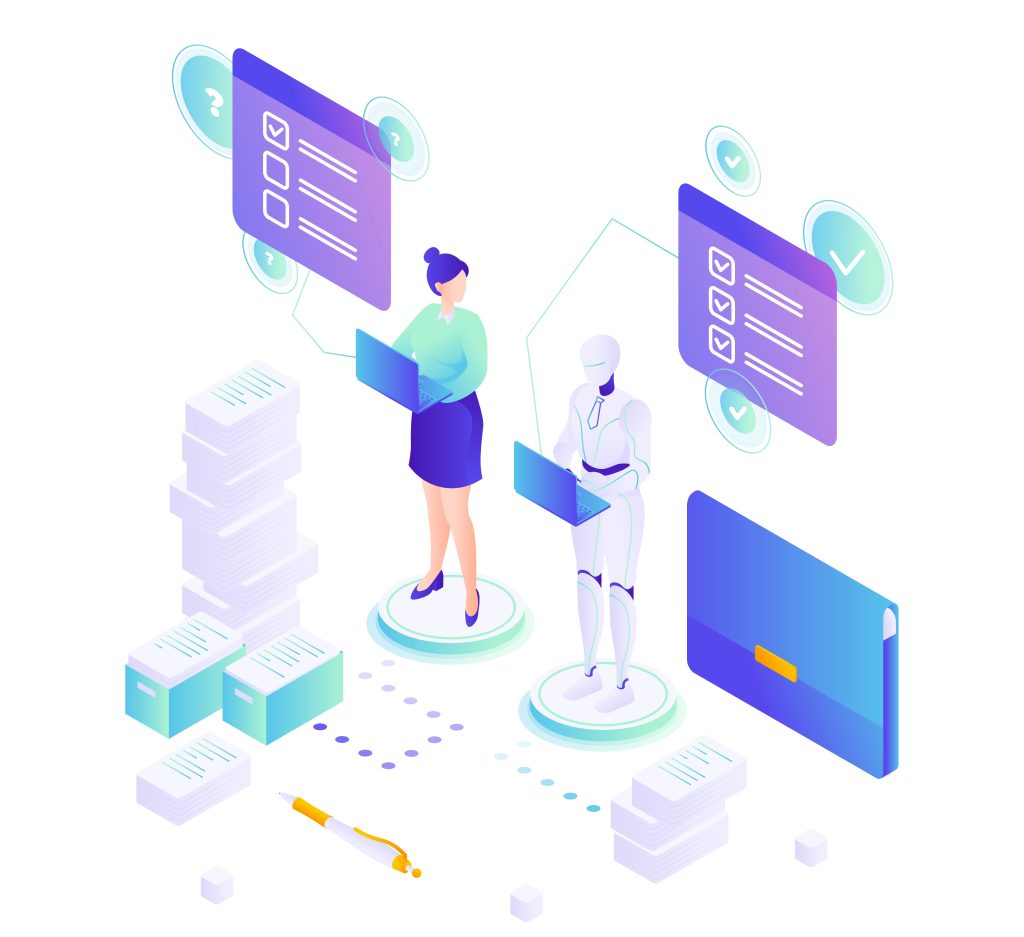
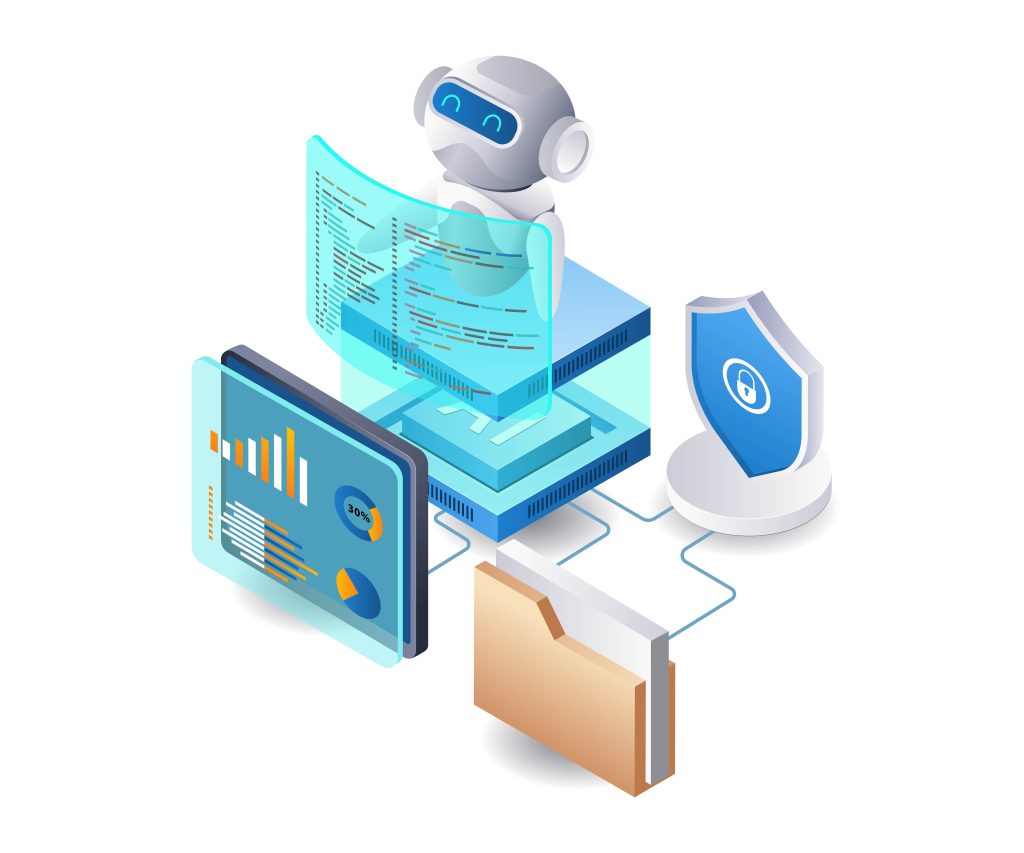
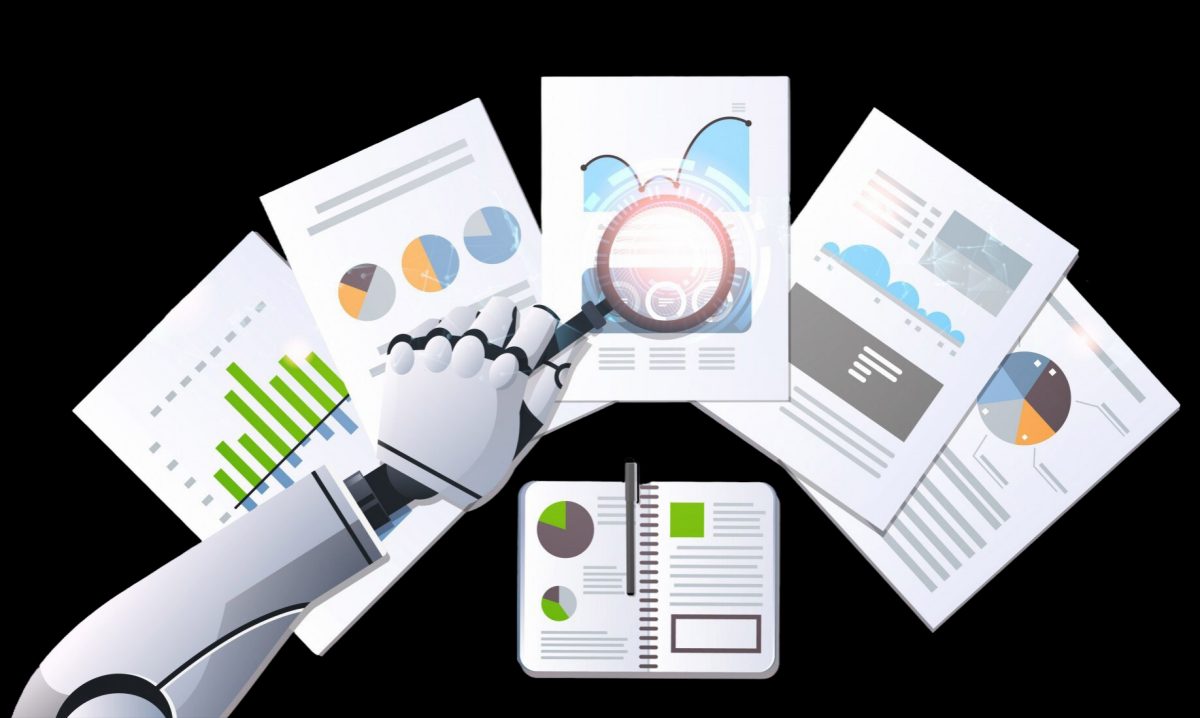
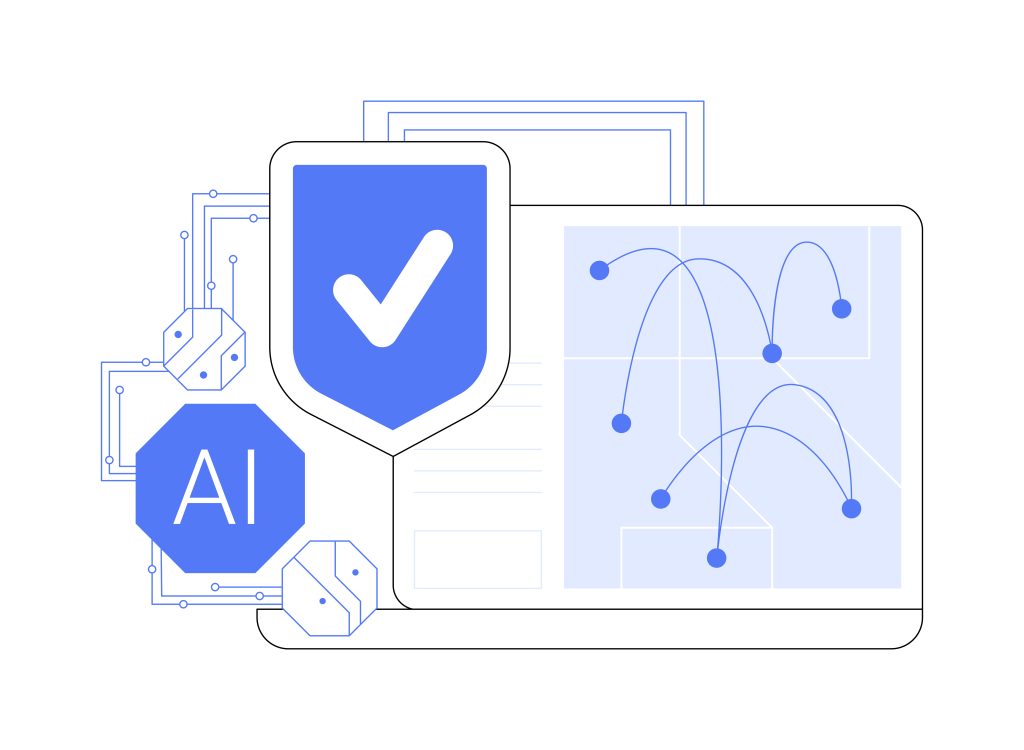 The Critical Role of AI for Compliance Today
The Critical Role of AI for Compliance Today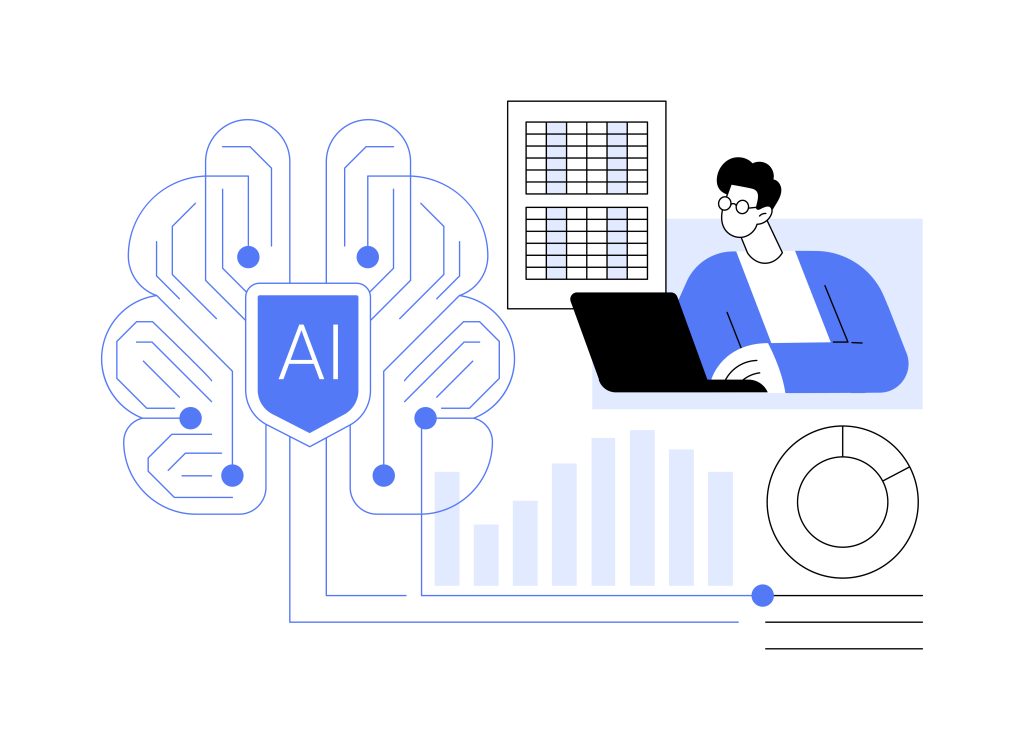 How
How 